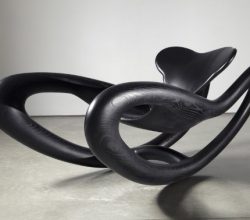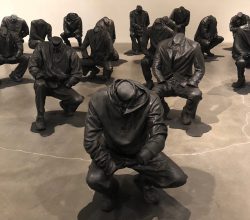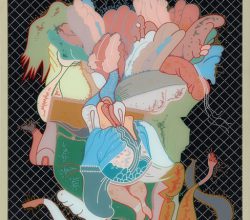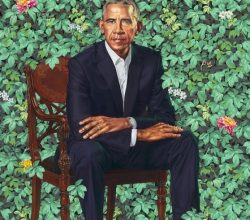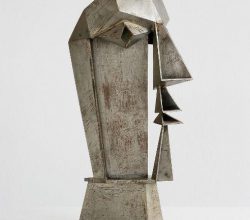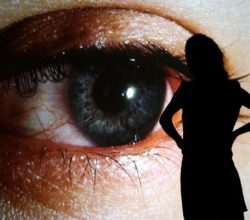
Picking apart the Internet: An exhibition that addresses the elephant in the room
Sebastian Smee | The Washington Post | 22nd February 2018
In 1991 the internet was just text and hyperlinks. Now it is so all-encompassing it influences our sense of ourselves, our sense of the truth. The art that it inspires has “alternative narratives”, suggesting experimentation more than consensus. “In many places, the exhibition is hard-going. The wall labels, inevitably, are Proustian — in length if not in spirit.”

